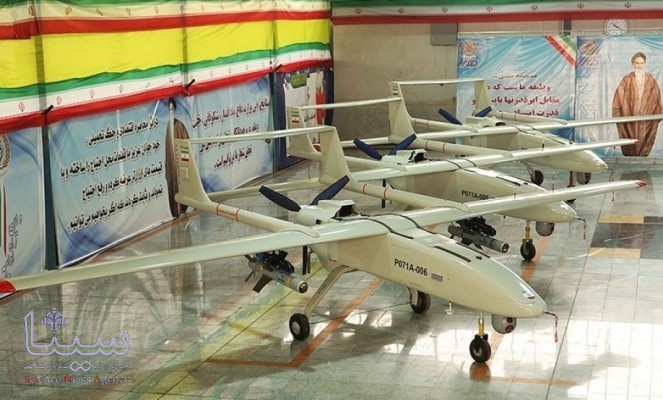"The drone is a device that is controlled remotely by a computer and an intelligent system" Hamed Saeedi, director of Innovation and Acceleration of Unmanned Systems Center, told Sinapress. There are now several types of drones that can be used in which helicopters, multi-routers, or multi-engine flying robots such as quadcopters and hexacopters, balloons, and unmanned airships can be mentioned.
The secretary of the UAV working group of the Iranian Aerospace Industries Association added: "Each of these flying machines has its own applications. Most drones are suitable for longer range and higher flight duration, but require runway and ground surface to land and take off. Flying robots can land and fly anywhere, but their energy consumption and range are shorter than airplanes. In contrast, they have a high image capturing quality and accuracy."
"Helicopters have more complex parts than flying robots," said Saeedi. These machines can bear more load and have more maneuverability. Airships are also buoyant due to the use of light helium gas and can stay in the sky for several days. These ships consume little energy but are vulnerable to wind.
He added: "Most of these flying machines are equipped with thermal cameras, optics, ultraviolet vision, laser sensors, and more required high technologies."
"Iran now has a strong body of researchers in the field of image processing algorithms, artificial intelligence, or in-depth machine learning that can intelligently analyse damaged roads, power lines, and towers in 10 minutes," he said.
Furthermore, Saeedi said: "The future is a world based on data centers, the Internet of Things and unmanned systems, and industries will somehow serve this intelligent and integrated world of data. Drones and Unmanned Aerial Vehicles (UAV) are one of the major components of the future. The more artificial intelligence and sensors development, the more intelligent flying robots in future."
He continued: "Now we have very intelligent robots for spraying pesticides that are equipped with obstacle detection radars for three hundred and sixty degrees. With the help of these radars, such spraying robots can easily detect the plant. These technologies are now advancing rapidly in the world."
He pointed to Iran's position in the production of drones and told Sinapress: "According to research and analysis in the world, Iran is now among the top 10 UAV powers, so in recent years, serious sanctions have been imposed against our country."
According to him, Iran is currently among the 10 to 15 leading countries in the world in the fields of civilian agriculture, road control, rescue, mapping, and cinema industry. Many ideas, techniques, and applications of UAVs have been published in Iran and have reached other nations. Some technologies, which were implemented in Iran about 6 to 7 years ago, have recently been implemented in some developed countries.
In the end, he said: "Unfortunately, the dramatic economical change and decrease in national currency value have interfered in the implementation of this process." A drone that was produced about a decade ago at a price of 5 million Tomans (around 178 USD) is now around fifty to sixty million Tomans (1700-2200 USD). Although we are still fighting with the Corona Pandemic and the decreased currency value but managed to increase the growth of civilian drones in the country.
Interview by: Farzaneh Sedghi
Translated by: Mehdi Fallahi Panah
Iran is one of the Top 10 UAV Powers in the World

